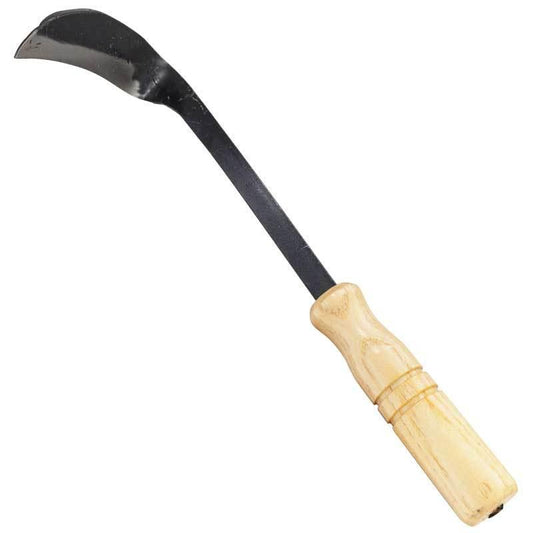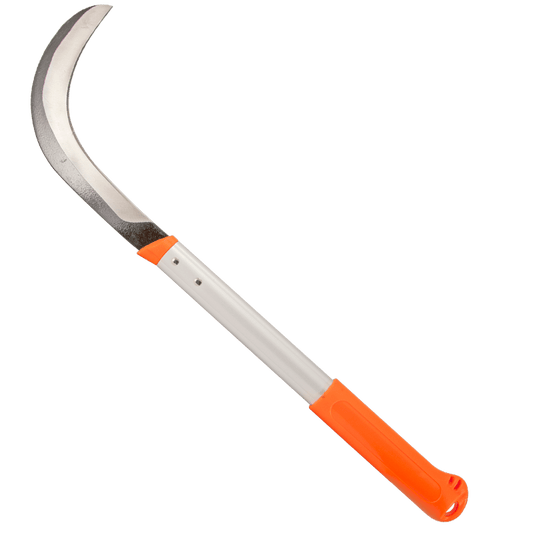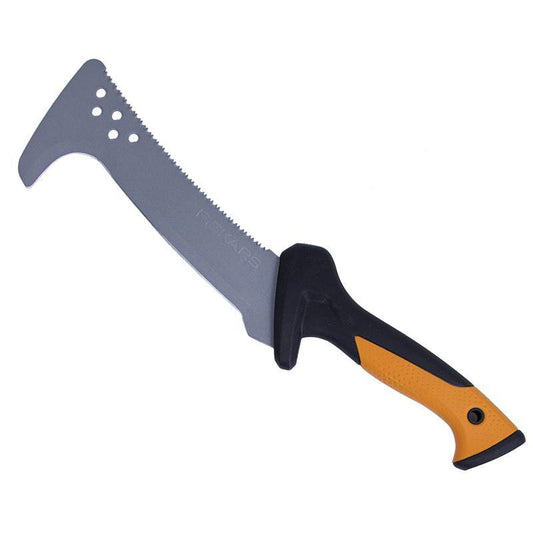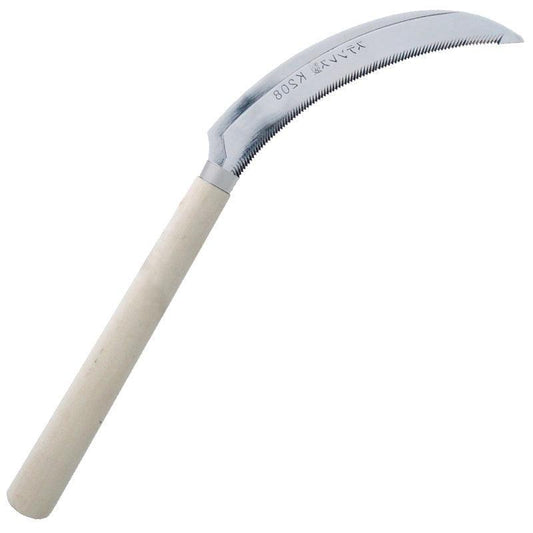Collection: Durable Hand Sickles and Hand Scythes for Precision Cutting
Browse our collection of hand sickles and hand scythes, ideal for gardeners and farmers who need dependable hand tools for clearing overgrowth and harvesting crops. These tools excel in areas where powered equipment can't reach, making them perfect to cut grass, remove tall grass, or handle cutting weeds with precision.
Why Choose a Hand Sickle or Hand Scythe?
Each hand sickle and harvesting sickle we offer is designed for performance, longevity, and ease of use:
- Curved sickle blade allows efficient, close-to-ground cutting
- Made with high carbon steel, carbon steel, or stainless steel for durability and corrosion resistance
- Ergonomic handles provide comfort during extended use
- Lightweight design makes it easy to maneuver
- Most models include free shipping
For a modern perspective on these classic tools, read A Modern Take on Traditional Scythes.
Types of Sickles & Scythes
Grass Sickle
Designed to mow grass and trim grass and weeds in garden beds, walkways, and tight areas.
Grain Sickle
Features a serrated carbon steel blade for harvesting crops like wheat and barley. Learn more in Grow Your Own Grain: Harvesting, Threshing, and Storing and watch the process in Wheat Harvest by Hand.
Brush Sickle / Brush Axe
A heavier hand tool for clearing dense brush and tall grass. Ideal for sweeping motions in open spaces.
Harvest Sickle
A compact, lightweight weeding sickle ideal for precise cutting weeds around delicate plants.
What to Look For
-
Blade Material: Choose carbon steel for sharpness or stainless steel for rust resistance
-
Blade Shape: A curved sickle blade enhances control near the ground
-
Handle Length: Short for control, long for reach
-
Maintenance: Regularly sharpen the blade to maintain your cutting edge over a long time
Top Picks






